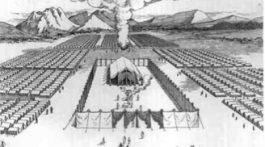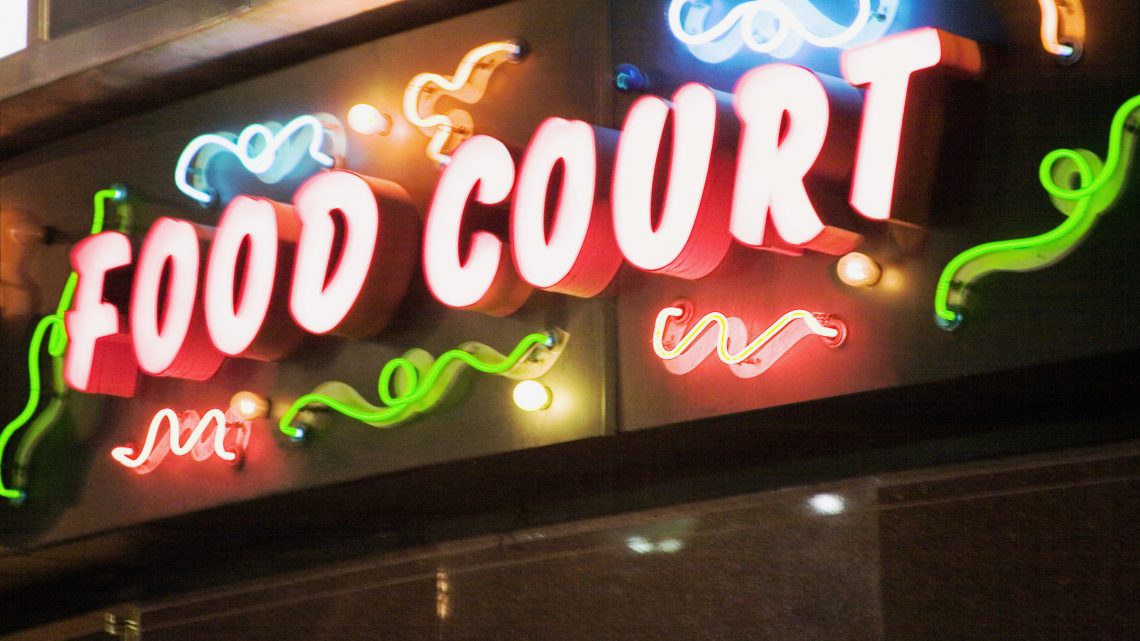Last spring while in Atlanta for a marathon of meetings, I headed to a nearby food court for supper. I passed by several possibilities—Mexican, veggie burgers, veggie wraps, veggie sandwiches. Then I spotted a Japanese sushi bar. The thought of fresh or pickled vegetables rolled in freshly cooked rice made me hungry. After living in Japan for 10 years, this is comfort food to me.
My order for vegetarian sushi was efficiently taken by a young Cambodian man. Very soon a young Hispanic sushi-maker deftly layered lightly seasoned rice on a sheet of crisp seaweed.
While Mr. Sushi-maker laid cucumber, avocado and other vegetables on the rice, a friend of his named Juan came to the counter and started an extended conversation with him in Spanish. I patiently waited for my sushi to be prepared while the conversation went on and on. I stood there thinking about this multi-cultural sushi—a Hispanic preparing Japanese sushi as directed by a Cambodian order-taker.
After some time, Juan, the conversationalist, turned to me and said, “Don’t you think my friend makes good sushi?”
Me: “It looks good.”
Juan: “He makes really good sushi even though he’s not Japanese.”
Me: “I was thinking about that.”
Juan (enthusiastically): “He looks sort-of Japanese though, don’t you think?”
Me (after casually looking at Mr. Sushi-maker): “Well, maybe just a little.” Though I have seen millions of Japanese and more millions of other Asians, and while each one looks distinctly different from one another, it was hard for me to see that Mr. Sushi-maker looked even remotely Asian.
Juan (pushing it): “Well, I think he looks like he could be Japanese.”
Me (trying hard to come up with a response): “Well, he does look a little more Asian than you do.” Where did I come up with that?
Juan: “What about me? What do I look like?”
Now the professional African-American man behind me in line was amusedly listening in on this conversation.
Me: “Well…well…you look more…more…more Caucasian.”
Juan: “That would make my mother happy.”
Me (not knowing what to say): “I’m sorry if that insults you.”
Juan: “No, that’s great. My mother (pointing upward) would bless you.” We didn’t have time for a study on the state of the dead at that point.
I was wondering how I had gotten into this conversation. Mr. Sushi-maker was packing up my sushi now. I looked from Mr. Cambodian Cashier, to Mr. African-American Professional behind me, to Mr. Hispanic Sushi-maker, and to Mr. Juan Conversationalist.
Me (confidently now): “Well, we are all one family.”
All around: “Yeah, that’s right.”
The beaming and nodding assent from each person was as warm as a group hug. For just a moment we all savored the fellowship. Then I took my sushi and left them—my happy, smiling family.
That summer, Atlanta housed another meeting with family. This family came to the General Conference Session from all over the world. It was wonderful to see those I have known from far and near, some I see frequently and some I had not seen in years. Others of the family I hadn’t yet met. Some of them were delegates and visitors from everywhere. Some of the family were those I met on the streets, in food courts, or who knows where and how.
I did not understand all their languages, all their behavior or all their ideas. But I have a responsibility to family. I treated them as family, for as Paul told the Athenians, “He has made of one blood all nations of men to dwell on all the face of the earth…that they should seek the Lord, if perhaps they might feel after Him and find Him, though He be not far from every one of us” (Acts 17: 26, 27).
You don’t need to go to Atlanta to find the family—they are in your church, in your workplace, in your community, in your town, in your city. They may be searching for Him. They’re family—so it is our responsibility to help them find Him.









